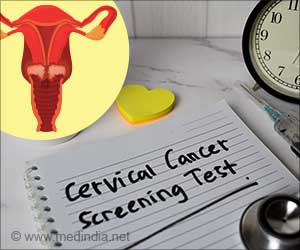A new approach to kill pediatric brain tumors has been suggested by scientists from Washington University School in St. Louis.
A new approach to kill pediatric brain tumors has been suggested by scientists from Washington University School in St. Louis.
During the study, the research team robotic "fired" 2,000 compounds into culture plates containing tumor cells to see if the compounds had any effect.When the robotic screen found one substance had scored a hit by inhibiting growth of the tumor cells in its plate, researchers analyzed what that compound acted against. Follow-up studies showed that the drug slowed tumor growth in mice by inhibiting the function of a protein called STAT3.
The findings would help in developing new drugs for the treatment of cancer in neurofibromatosis-1 (NF1), a genetic condition that causes increased risk of benign and malignant brain tumors.
"We were excited to find that the slowed tumour growth we observed following treatment resulted from increased tumor cell death - an effect we hadn't seen before when we blocked other NF1 growth control molecules," said senior author Dr David H. Gutmann, the Donald O. Schnuck Family Professor of Neurology.
"Now we can identify the genes that STAT3 influences to fine-tune our treatments and ensure that we kill cancer cells with minimal harm to normal cells," Gutmann added.
Cucurbitacin-I, the compound that led scientists to STAT3, is a plant steroid. It belongs to a family of bitter-tasting compounds previously identified as inhibitors of STAT3.
Advertisement
Further investigation revealed that STAT3 activity is regulated by another gene very familiar to Gutmann: the mammalian target of rapamycin (mTOR).
Source-ANI
TRI













